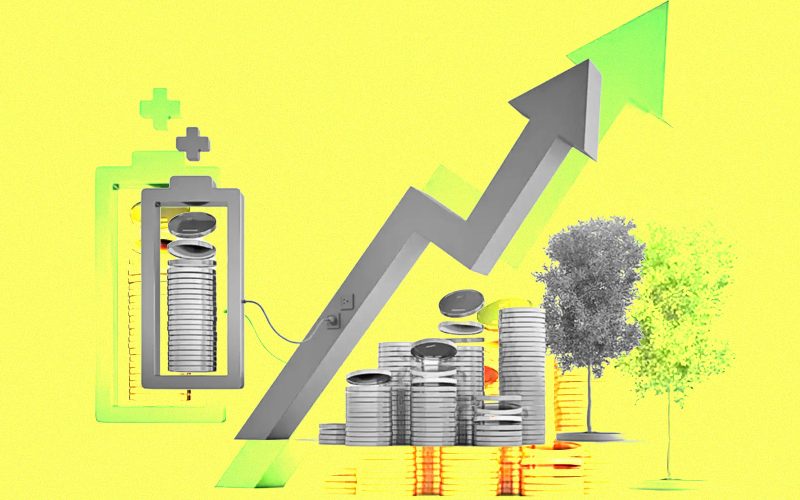A sustainable path forward, India’s endeavor to curb emissions and drive economic growth
India faces a significant challenge to curb emissions and foster economic growth. The nation’s rapid economic development has increased energy consumption and greenhouse gas emissions. However, India is also committed to sustainable development and recognizes the importance of addressing climate change. In this article, we explore India’s journey towards balancing emissions reduction and economic growth, examining the challenges, initiatives taken, and potential solutions to achieve a sustainable and prosperous future.
1. The Challenge of Economic Growth and Emissions:
India’s economic growth has lifted millions out of poverty, but it has also led to increased energy consumption and emissions. The country’s reliance on fossil fuels, especially coal, has contributed to rising carbon dioxide levels. Balancing economic growth with emissions reduction requires a comprehensive approach considering sustainable energy sources, technological advancements, and policy frameworks.
2. Renewable Energy Transition:
India has set ambitious renewable energy targets to achieve 450 gigawatts (GW) of renewable energy capacity by 2030. This transition to cleaner energy sources, such as solar and wind power, can help curb emissions while fostering economic growth through job creation and investment in the renewable energy sector.
3. Energy Efficiency Measures:
Improving energy efficiency across industries, buildings, and transportation can significantly reduce emissions. India has implemented various energy efficiency programs, such as the Perform, Achieve, and Trade (PAT) scheme, which incentivizes industry energy-saving practices. By adopting energy-efficient technologies and practices, businesses can lower their carbon footprint and improve their competitiveness.
4. Sustainable Transport Solutions:
The transportation sector is a significant contributor to emissions in India. Promoting electric vehicles, developing sustainable public transportation systems, and adopting alternative fuels can help reduce emissions while facilitating economic growth and improving air quality.
5. Green Infrastructure and Sustainable Urban Planning:
Building sustainable cities and infrastructure is crucial for curbing emissions and fostering economic growth. Incorporating green building practices, investing in public transportation, and creating sustainable urban spaces can promote a low-carbon economy and enhance the quality of life for residents.
6. Circular Economy Approaches:
Adopting a circular economy model, where resources are used efficiently, waste is minimized, and materials are recycled or repurposed, can contribute to emissions reduction and economic growth. By transitioning from a linear “take-make-dispose” model to a circular one, India can achieve resource efficiency, reduce environmental impact, and create new business opportunities.
7. Policy and Regulatory Frameworks:
Robust policies and regulations are essential to reduce emissions while supporting economic growth. India has implemented various measures, including the National Clean Air Programme and the Goods and Services Tax (GST), to address environmental concerns and promote sustainable practices. Policy support, effective enforcement, and stakeholder collaboration are crucial for achieving sustainable development goals.
8. International Collaboration and Funding:
Addressing emissions and fostering economic growth requires international collaboration and financial support. India has actively engaged in global climate change negotiations and collaborations, seeking technological assistance, financial investments, and knowledge sharing. International partnerships can help India accelerate its transition to a low-carbon economy while supporting economic development.
9. Public Awareness and Participation:
Engaging the public and raising awareness about the importance of emissions reduction and sustainable practices is vital. Education and awareness campaigns can empower individuals to make sustainable choices, support clean technologies, and demand responsible business practices.
10. Innovations and Research:
Continued research and innovation are crucial in developing sustainable solutions and technologies. India’s scientific and technological community is actively working on innovations in clean energy, sustainable agriculture, waste management, and other areas to support emissions reduction and economic growth.







